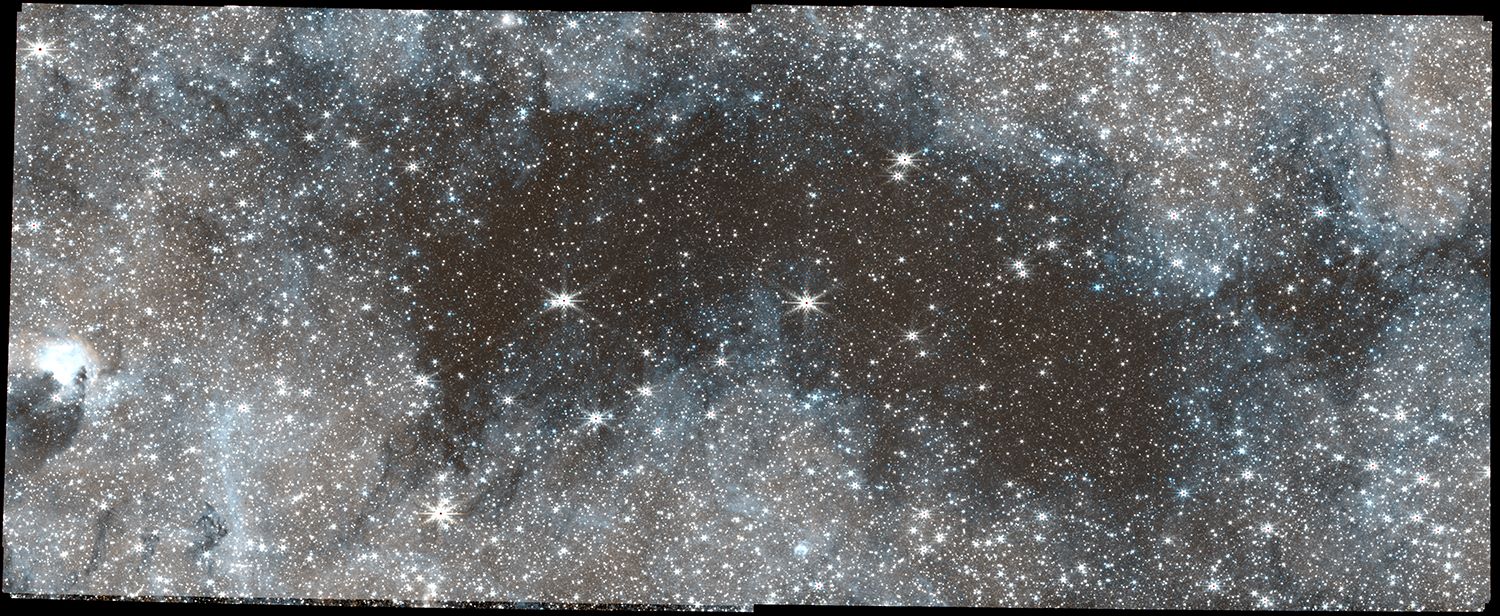UF astronomers illuminate dark region of Milky Way

A research team harnesses the James Webb Space Telescope to explore a galactic enigma (Adam Ginsburg)
In a recent study led by University of Florida astronomer Adam Ginsburg, groundbreaking findings shed light on a mysterious dark region at the center of the Milky Way. The turbulent gas cloud, playfully nicknamed “The Brick” due to its opacity, has sparked lively debates within the scientific community for years.
To decipher its secrets, Ginsburg and his research team, including UF graduate students Desmond Jeff, Savannah Gramze, and Alyssa Bulatek, turned to the James Webb Space Telescope (JWST). The implications of their observations, published in The Astrophysical Journal, are monumental. The findings not only unearth a paradox within the center of our galaxy but indicate a critical need to re-evaluate established theories regarding star formation.
The Brick has been one of the most intriguing and highly studied regions of our galaxies, thanks to its unexpectedly low star formation rate. It has challenged scientists’ expectations for decades: as a cloud full of dense gas, it should be ripe for the birth of new stars. However, it demonstrates an unexpectedly low star formation rate.
Using the JWST’s advanced infrared capabilities, the team of researchers peered into the Brick, discovering a substantial presence of frozen carbon monoxide (CO) there. It harbors a significantly larger amount of CO ice than previously anticipated, carrying profound implications for our understanding of star formation processes.
